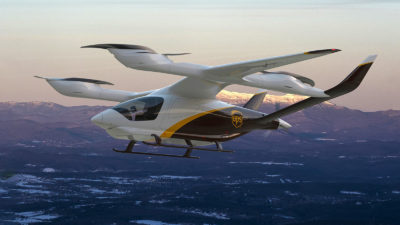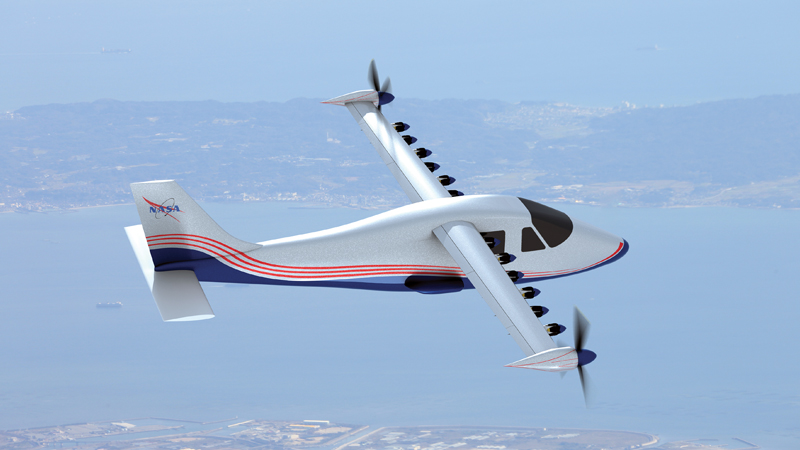Aircraft operations welcomes new Concept of Operations and focus on sustainability
By Gabriele Enea|December 2023
The Aircraft Operations Technical Committee promotes safe and efficient operations in the airspace system by encouraging best practices and information-sharing among the community and government agencies.
In January, FAA published the “Initial Concept of Operations for the Info-Centric National Airspace System,” outlining how operations will look after 2035. This high-level ConOps describes how future NAS operations will support new paradigms without monolithic large systems through the introduction of “microservices” to perform all the critical NAS functions.
Urban air mobility is one of the new entrants that will need to be accommodated. In April, FAA published its “UAM Concept of Operations Version 2.0,” which was followed by the start of the UAM Airspace Management Demonstration project in June. In collaboration with industry, this project showcased concepts described in the ConOps, including the creation and management of notional UAM corridors and architecture components that support information exchanges in the UAM ecosystem. Through the project, FAA is taking an iterative approach to demonstrate UAM operations and increasingly complex airspace management. Coordination was demonstrated between FAA, UAM operators, UAM service providers and public entities. Alongside this work to demonstrate the establishment and dissemination of UAM corridors, industry is moving forward with route definitions. California air taxi builder Archer Aviation, in partnership with United Airlines, in March announced a new route that will connect downtown Chicago to O’Hare International Airport. In June, United Airlines announced plans with Eve Air Mobility, a Brazil air taxi developer, to begin electric commuter flights throughout the San Francisco Bay Area, which includes working together to identify a route network.
Sustainability was also a theme for aircraft operations. In January, NASA established agreements with Boeing to deliver the X-66A Sustainable Flight Demonstrator, a Transonic Truss-Braced Wing aircraft with extra-long thin wings stabilized by diagonal struts. Boeing unveiled the livery for this aircraft in July at the EAA AirVenture air show in Wisconsin. NASA says X-66A is the first X-plane designed specifically to help the U.S. achieve net-zero carbon emissions for the aviation industry, a goal described in the 2021 U.S. Aviation Climate Action Plan. The idea is that flight tests and analysis of the aircraft could inform designs of future single-aisle aircraft, the backbone of passenger-based air travel. Single-aisle aircraft account for about half of aviation greenhouse gas emissions worldwide, according to NASA, so a design that requires less fuel could have a major impact on greenhouse gas emissions.
This year saw increased focus on contrail avoidance as another way of reducing aviation’s climate impacts. In August, American Airlines, Google Research and Breakthrough Energy of Washington published results from a six-month study using contrail forecast maps developed by artificial intelligence. The airline was able to reduce contrail formation by 54% over 70 flights. Studies with other airlines and partners are ongoing to explore different forecasting approaches, along with impacts to fuel burn and flight time to assess the operational viability and importance of contrail avoidance strategies.
Midyear, the entire NAS (and Florida airports in particular) experienced significant delays caused by adverse weather conditions coupled with staffing shortages. This caused new scrutiny on FAA’s staffing challenges and was discussed at multiple congressional hearings. Some of the issues experienced in Florida were also exacerbated by the increased pace of commercial space launches. In August, the number of fiscal 2023 launches had almost reached the total number of launches for the entirety of 2022. FAA projected 94 launches to be licensed in fiscal 2023 versus the 74 that occurred in fiscal 2022, an increase of 27%.
Contributors: Tony Evans, John Koelling and Tom Reynolds



































